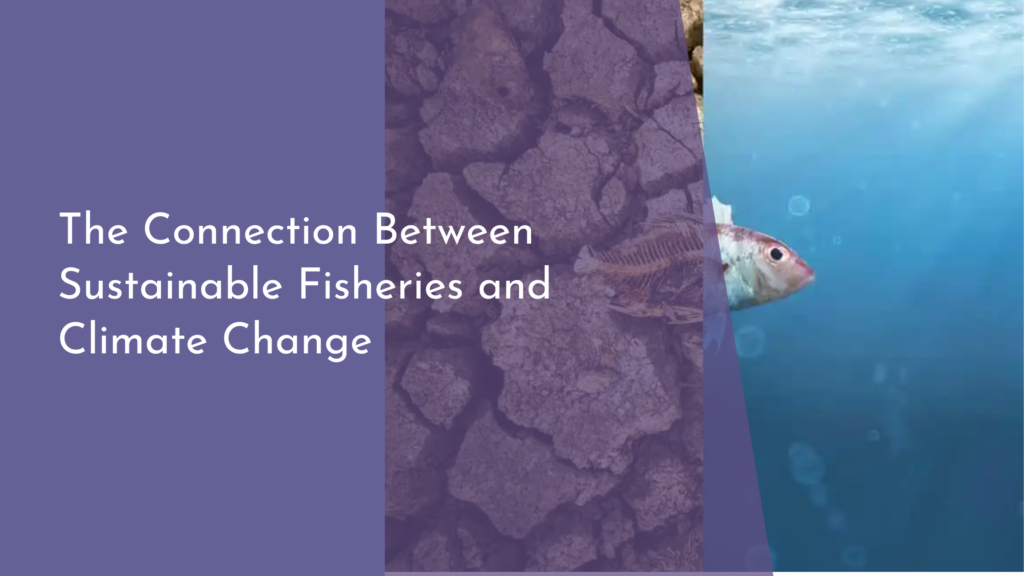The Future Prospects of Smart Packaging for Sustainability
Smart packaging represents a revolutionary shift in the packaging industry, integrating cutting-edge technology to enhance functionality and sustainability. As businesses and consumers alike grow increasingly aware of environmental impacts, smart packaging emerges as a promising solution to reduce waste, improve product longevity, and enhance user experience. This article delves into the innovations driving this trend, highlights its benefits, discusses the challenges and opportunities within the industry, and paints a promising picture of its future in sustainable packaging.
Innovations Paving the Way for Smart Packaging
Recent advancements in materials science, electronics, and data analytics have paved the way for innovative smart packaging solutions. One example is the development of biodegradable sensors that can monitor the freshness of perishable goods. These sensors can provide real-time data about a product’s condition, thereby minimizing food waste and ensuring consumer safety. Additionally, advancements in near-field communication (NFC) and QR codes enable consumers to access detailed product information with a simple scan, fostering transparency and informed purchasing decisions.
Moreover, the integration of Internet of Things (IoT) technology into packaging is transforming it from a passive container into an active participant in the supply chain. IoT-enabled packaging can track and monitor the environmental conditions of its contents, such as temperature and humidity, throughout the logistics process. This capability not only ensures product quality but also reduces the likelihood of spoilage and waste. As technology continues to evolve, we can expect even more sophisticated innovations that will redefine the capabilities and applications of smart packaging.
Benefits of Smart Packaging in Reducing Waste
One of the most significant benefits of smart packaging is its potential to drastically reduce waste. Traditional packaging often leads to excessive use of materials, resulting in substantial waste accumulation. Smart packaging, however, can be designed to optimize material usage, ensuring that packaging is both effective and minimal. For instance, active packaging technologies can extend the shelf life of products, reducing the frequency of spoilage and waste. By keeping products fresher for longer, smart packaging lessens the environmental burden of food waste.
Additionally, smart packaging aids in effective recycling by incorporating features like embedded sensors and digital tags that facilitate sorting and recycling processes. These innovations make it easier for recycling facilities to identify materials and process them appropriately. By improving recyclability, smart packaging contributes to a circular economy where resources are reused and repurposed rather than being discarded. As these technologies become more prevalent, the net impact of packaging waste on the environment could be significantly mitigated.
Challenges and Opportunities in the Smart Packaging Industry
Despite its promise, the smart packaging industry faces several challenges that must be overcome to realize its full potential. One of the key challenges is the cost associated with implementing advanced technologies. The integration of sensors, RFID tags, and other smart components can be expensive, making it difficult for smaller companies to adopt these solutions. Additionally, there are technical challenges related to ensuring the reliability and durability of these components, especially when exposed to varying environmental conditions.
However, these challenges also present opportunities for innovation and growth. As technology advances and economies of scale are achieved, the cost of smart packaging components is likely to decrease, making them accessible to a broader range of businesses. Furthermore, the growing consumer demand for sustainable and transparent products is driving investment and research in this area, leading to the development of more affordable and robust smart packaging solutions. Companies that can successfully navigate these challenges stand to gain a competitive edge in the burgeoning market for sustainable packaging.
Conclusion: A Bright Future for Sustainable Packaging
The future of smart packaging is undeniably bright, with its potential to transform the packaging industry while promoting sustainability. As the world becomes more environmentally conscious, the demand for innovative packaging solutions that reduce waste and enhance product experiences is bound to grow. Smart packaging, with its ability to extend product life, improve recyclability, and provide valuable data, is well-positioned to meet these demands.
In conclusion, smart packaging holds immense promise for the future of sustainable packaging. By marrying technology with environmental consciousness, it offers a path forward for reducing waste and enhancing the efficiency of the supply chain. As challenges are addressed and opportunities are seized, smart packaging will likely become an integral part of everyday life, contributing to a more sustainable world and a healthier planet. Enthusiasts and stakeholders in the packaging industry can look forward to a future where innovation and sustainability go hand in hand, creating products that are not only smarter but also kinder to the environment.



